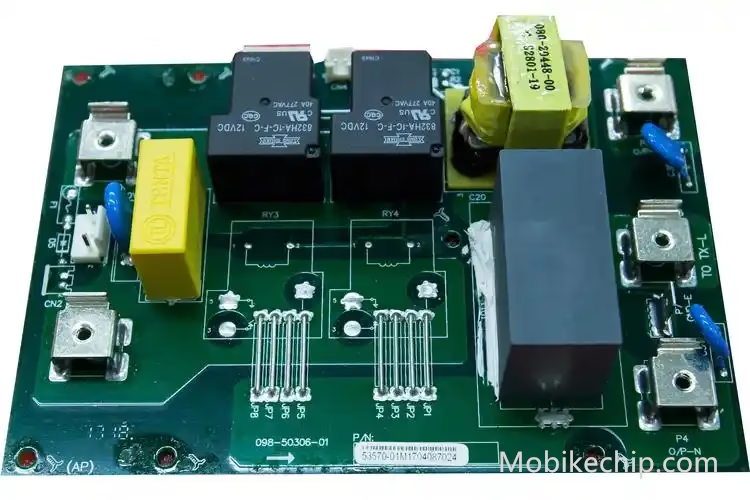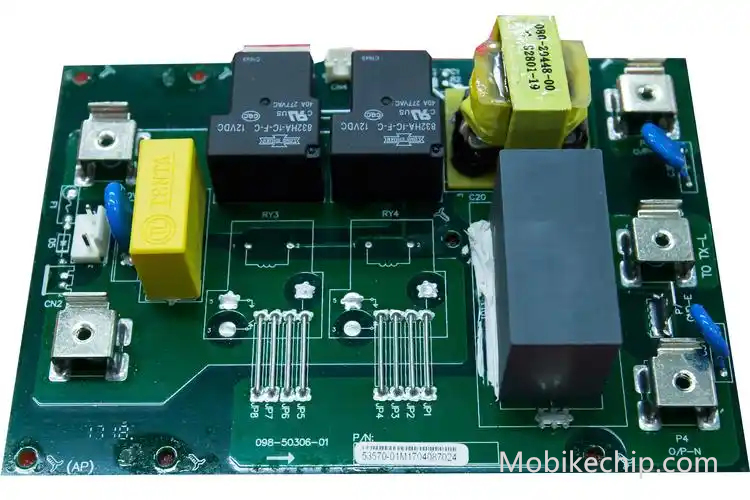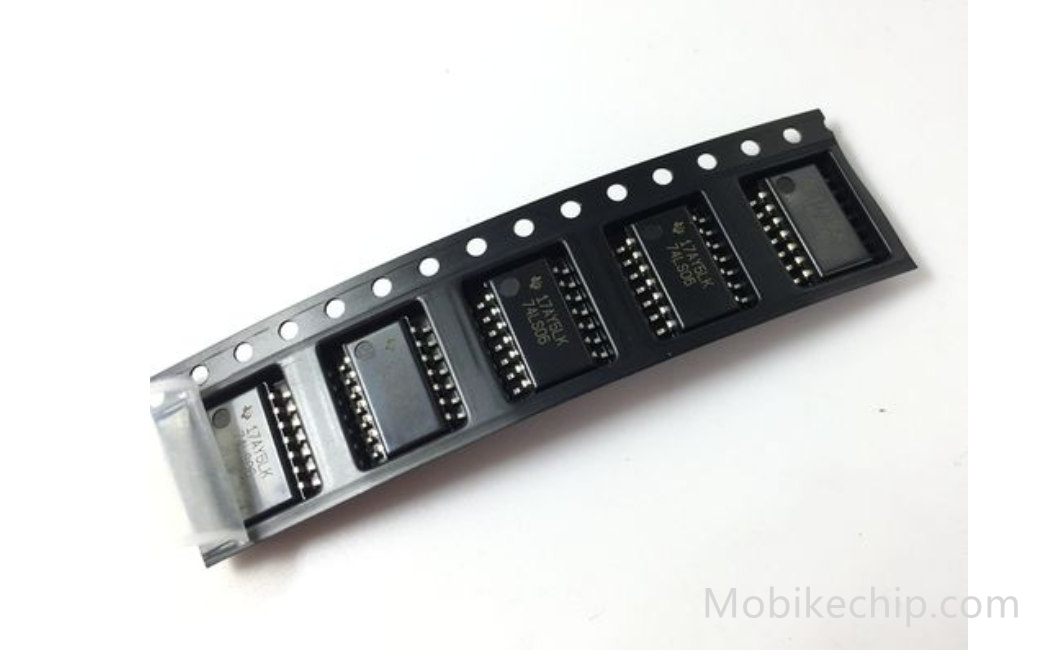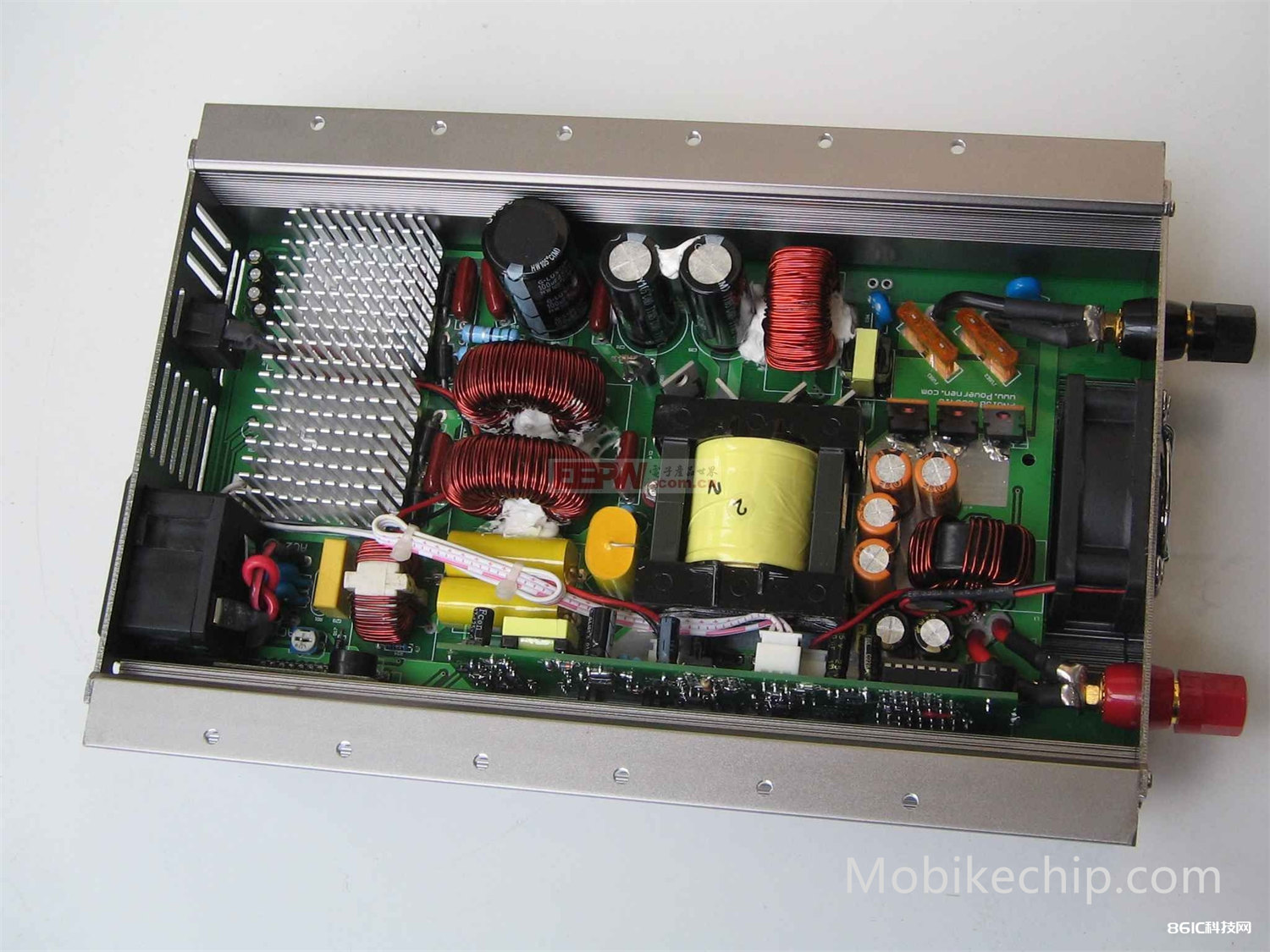
In the world of digital electronics, logic gates and inverters are the fundamental building blocks of all modern electronic systems. From microprocessors to communication devices, these components form the core of digital decision-making processes. They perform simple yet powerful operations that enable complex systems to function efficiently and reliably.
This article delves into the technical principles of gates and inverters, their types, and their wide range of applications. Whether you’re designing a digital circuit or building a complex system, understanding these components is essential to mastering digital logic design.

What Are Logic Gates and Inverters?
Logic gates are basic digital circuits that perform logical operations on one or more binary inputs to produce a single binary output. These operations include basic functions such as AND, OR, and NOT, which are the foundation of digital computation.
An inverter, also known as a NOT gate, is a specific type of logic gate that reverses the input signal. If the input is 1, the output will be 0, and vice versa. While an inverter is a single-function gate, it plays a crucial role in the design of more complex logic circuits.
Together, gates and inverters allow digital systems to process and manipulate binary information, which is the foundation of modern computing.
The Working Principle of Logic Gates and Inverters
At a basic level, logic gates work by combining binary inputs (0s and 1s) using Boolean algebra to produce an output. The simplest logic gate, the NOT gate (or inverter), has only one input and produces the opposite output. For example, if the input is 0, the output will be 1. The basic operations for the primary gates are as follows:
- AND Gate: The AND gate outputs 1 only if all its inputs are 1. Otherwise, the output is 0.
- Truth table: A AND B → Output is 1 only if A = 1 and B = 1.
- OR Gate: The OR gate outputs 1 if at least one of its inputs is 1.
- Truth table: A OR B → Output is 1 if either A = 1 or B = 1.
- NOT Gate (Inverter): The NOT gate simply inverts its input. If the input is 1, the output is 0, and vice versa.
- Truth table: A → Output is the opposite of A (NOT A).
- NAND Gate: The NAND gate is the inverse of the AND gate. It outputs 0 only when all inputs are 1.
- Truth table: A NAND B → Output is 1 unless both A = 1 and B = 1.
- NOR Gate: The NOR gate is the inverse of the OR gate. It outputs 0 if at least one input is 1.
- Truth table: A NOR B → Output is 1 only if both A and B are 0.
- XOR Gate: The XOR (Exclusive OR) gate outputs 1 if only one input is 1, but not both.
- Truth table: A XOR B → Output is 1 if A and B are different.
- XNOR Gate: The XNOR gate is the inverse of the XOR gate. It outputs 1 if both inputs are the same.
- Truth table: A XNOR B → Output is 1 if both A and B are equal.
These gates, when combined in various configurations, form the foundation of more complex circuits that perform tasks like arithmetic operations, memory storage, and data transfer.
Types of Gates and Inverters
There are several types of gates and inverters, each with distinct characteristics. The most commonly used gates are:

1. CMOS Gates
Complementary Metal-Oxide-Semiconductor (CMOS) technology is one of the most popular types of logic gates used in modern digital circuits. CMOS gates are known for their low power consumption and high noise immunity. The CMOS logic family uses complementary pairs of p-type and n-type MOSFET transistors to implement the logic operations.
CMOS gates have the advantage of being highly energy-efficient, as they only draw current during the switching process. This makes them ideal for use in battery-powered devices and high-performance processors.
2. TTL Gates
Transistor-Transistor Logic (TTL) is another popular family of logic gates, characterized by the use of bipolar junction transistors (BJTs) for switching. TTL gates are faster than CMOS gates but consume more power, making them suitable for applications where speed is more critical than power consumption.
TTL logic gates are often used in microcontrollers, memory units, and communication devices that require fast switching speeds but are not as power-sensitive.
3. RTL Gates
Resistor-Transistor Logic (RTL) gates were among the earliest forms of digital logic gates. They use resistors and transistors to perform logic functions. However, due to their relatively slow speeds and high power consumption, RTL gates have largely been replaced by more modern technologies like CMOS and TTL.
Despite being outdated, RTL gates were foundational in the development of digital logic and were used in early computers and circuits.
Applications of Logic Gates and Inverters
Logic gates and inverters are used in nearly every electronic device. Below are some of the key applications of these fundamental components:
1. Arithmetic Operations and Digital Processing
Logic gates are used to perform arithmetic operations such as addition, subtraction, multiplication, and division. For example, AND and OR gates are commonly used in the design of adders, while XOR gates play a key role in binary addition.
In more complex circuits, logic gates work together to process data in digital signal processors (DSPs) and microprocessors. These chips execute instructions and manipulate binary data to carry out tasks in everything from calculators to advanced computing systems.
2. Memory and Storage Devices
Logic gates are integral in the creation of memory cells and registers. Flip-flops, which are built from logic gates, are used to store individual bits of data. SRAM (Static Random-Access Memory) and DRAM (Dynamic Random-Access Memory) rely on gates for storing and accessing data.
Inverters are also crucial in the design of memory elements and static RAM (SRAM). They ensure that data is correctly stored and retrieved from memory cells.
3. Control Systems
Inverters and logic gates are used in control systems where decision-making is required. For example, in finite state machines (FSMs), flip-flops and gates work together to transition between different states based on input conditions.
These control systems are used in various applications, including industrial automation, robotics, and smart home devices, where accurate and reliable decision-making is required.

4. Signal Processing and Communication Systems
In communication systems, gates and inverters are used in modulation, demodulation, and error detection and correction processes. Logic gates help encode and decode signals, while inverters can be used in the process of signal inversion to prevent data loss during transmission.
For example, in data encoding schemes like Manchester encoding, an inverter is used to invert the signal at regular intervals to improve signal integrity.
5. Timing and Frequency Division
Logic gates are used in timing circuits to control the flow of signals in synchronization with a clock signal. Flip-flops and other gates divide the frequency of the clock and control when certain operations occur.
For example, a frequency divider uses gates to reduce the clock signal’s frequency, which is essential for generating slower clock signals in systems like digital counters and pulse-width modulation (PWM) circuits.
Why Choose MobikeChip for Gates and Inverters?
At MobikeChip, we offer a wide selection of gates and inverters from trusted manufacturers, designed to meet the needs of various digital applications. Whether you need basic AND gates, advanced CMOS inverters, or more complex logic gates for custom applications, our product portfolio provides high-quality, reliable solutions for your projects.
Our gates and inverters are ideal for use in microprocessors, digital logic circuits, control systems, signal processing, and communication systems. We offer competitive prices, excellent customer support, and fast shipping to ensure that your projects are completed on time.
Conclusion
Gates and inverters are the backbone of digital electronics, enabling everything from basic logic operations to complex data processing. Their applications span a wide range of fields, from microprocessor design to communication systems and control circuits. Understanding how gates and inverters work is essential for anyone involved in digital circuit design.
At MobikeChip, we are committed to providing high-quality components to support your digital design needs. Whether you’re building simple logic circuits or complex systems, our gates and inverters ensure your projects are powered by reliable, efficient technology.
About Us
MobikeChip offers a broad range of genuine electronic components from over 2,600 manufacturers at competitive prices. Our product portfolio includes Integrated Circuits (ICs), Discrete Semiconductor Products, Resistors, Capacitors, Relays, Switches, Transformers, Sensors, Transducers, Inductors, Coils, Chokes, Potentiometers, Variable Resistors, Crystals, Thermal Management products, and more.
Category page: Gates and Inverters-Logic-Manufacturers-Dealer-MobikeChip





Leave a Comment